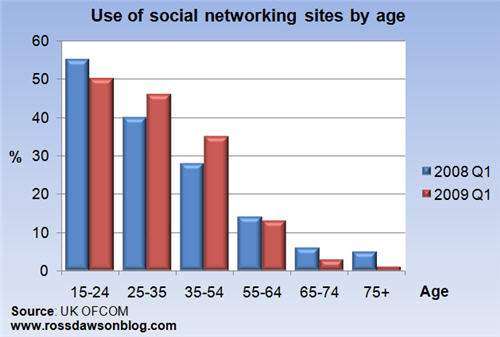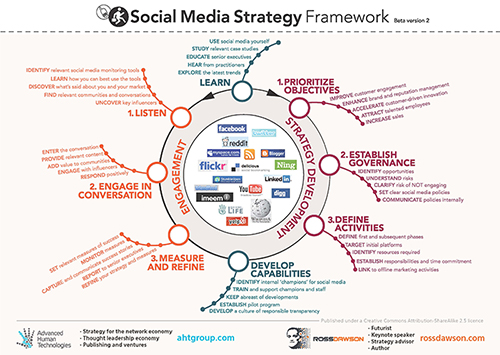Influence research: what drives people to Digg stories
In the lead-up to Future of Influence Summit 2009, we will be pointing to some of the more interesting research into the influence space – there will be a wealth of insights coming up so keep posted even if you can’t make it to the event.
Let’s start with one which is a little outside the mainstream, drawn from the report Social Media for Marketing: An Analysis of Digg.com Engagement and User Behavior, created by new media research company One to One Interactive.
Digg was one of the first “influence aggregators”, bringing together the opinions of many to guide what content people read. In addition, the Digg ecosystem is a great example of an influence network. Research in early 2007 showed that 30 people were responsible for 30% of the stories that made the front page of Digg. Their personal influence networks generated waves of behavior that resulted in stories becoming very popular.
Today Digg’s prominence as an influence aggregator has waned relative to the growth other channels, most notably Twitter, however it is still a powerful force that concentrates vast amounts of web traffic to those stories the community push to the fore.
One to One Interactive uses a proprietary methodology that uses physiological data (breath rate, galvanic skin response, heart rate) in addition to eye tracking information and self-reporting to assess engagement. They did the study on a number of respondents who visit Digg an average of twice a day to see how the engage with the site.

Source: Social Media for Marketing: An Analysis of Digg.com Engagement and User Behavior
The above diagram from the report shows part of the research that resulted in the second insight below, that headlines are the most important factor in driving attention and traffic to stories.
These are the four key insights generated by the study:



